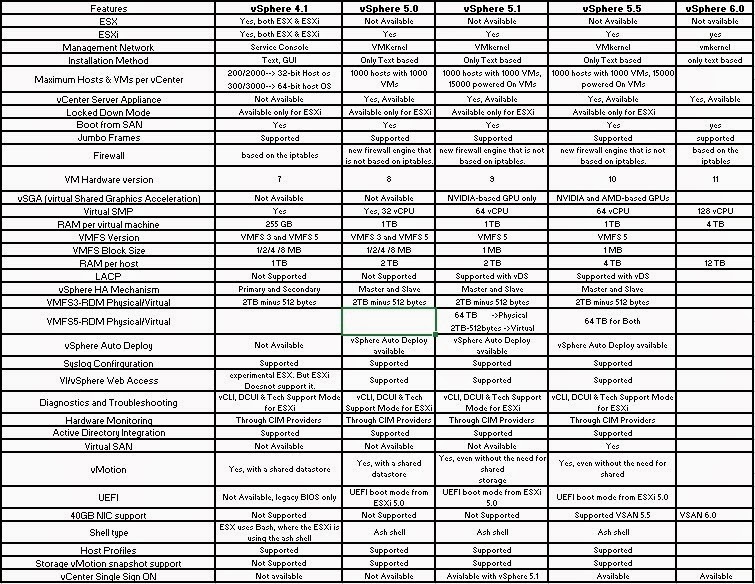Why ESX entering into Maintenance Mode
1. Why to place a Host in Maintenance Mode You place a host in maintenance mode when you need to service it, for example, to upgrade memory, CPU OR to install an upgrade, etc. A host enters or leaves maintenance mode only as the result of an admin/user’s request. Virtual machines that are running on a host that is entering maintenance mode needs to be migrated to another host (either manually or automatically by DRS) or it is shut down. The host is in a state of Entering Maintenance Mode until all running virtual machines are powered down or migrated to different hosts. You cannot power on virtual machines or transfer (migrate)other virtual machines to a host entering maintenance mode. When no more running virtual machines are on the host, the host’s icon changes to include “Maintenance Mode” and the host’s Summary panel (left side) indicates the new state. While in maintenance mode, the host does not allow you to deploy or power on a virtual machine....
